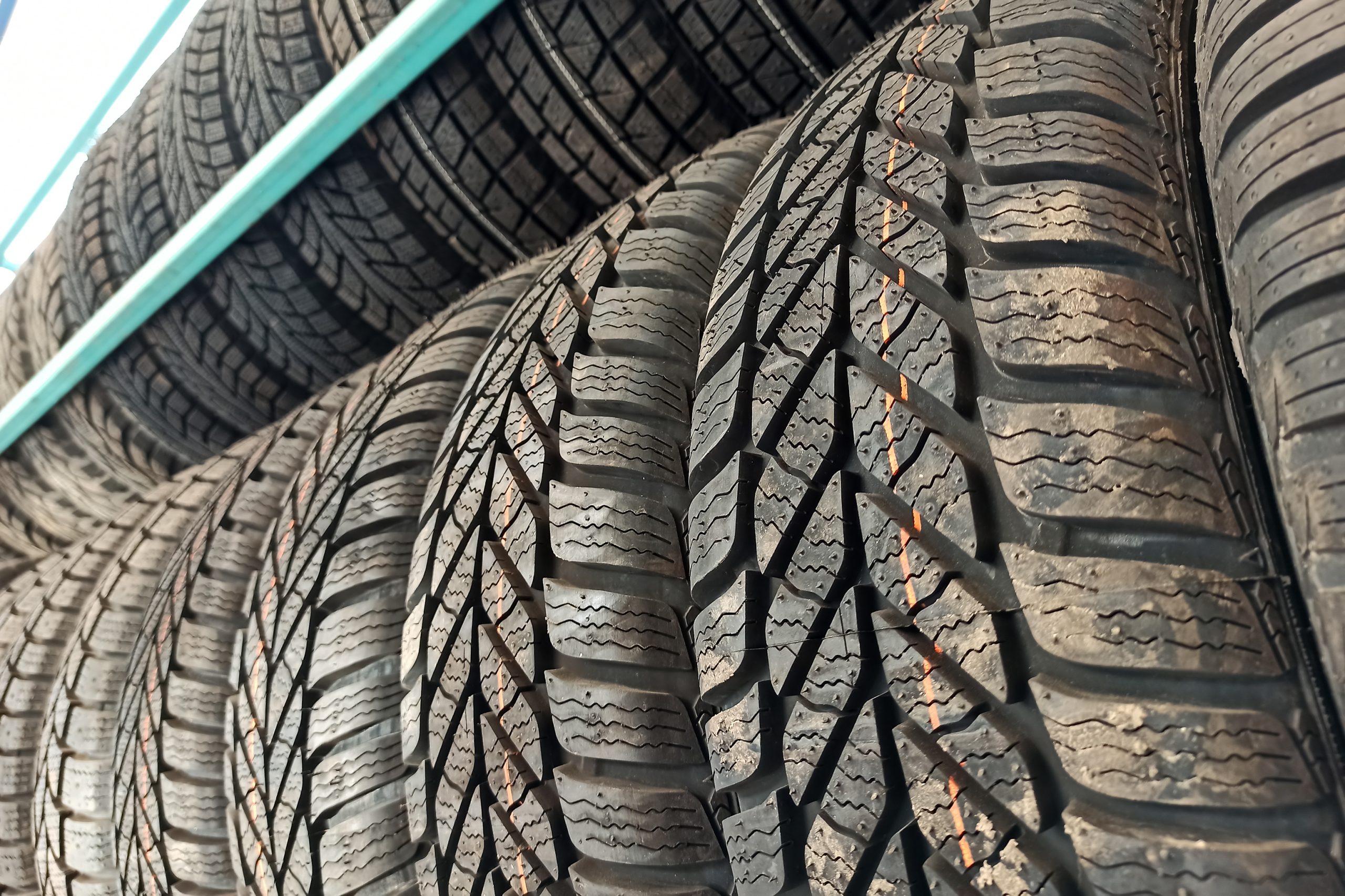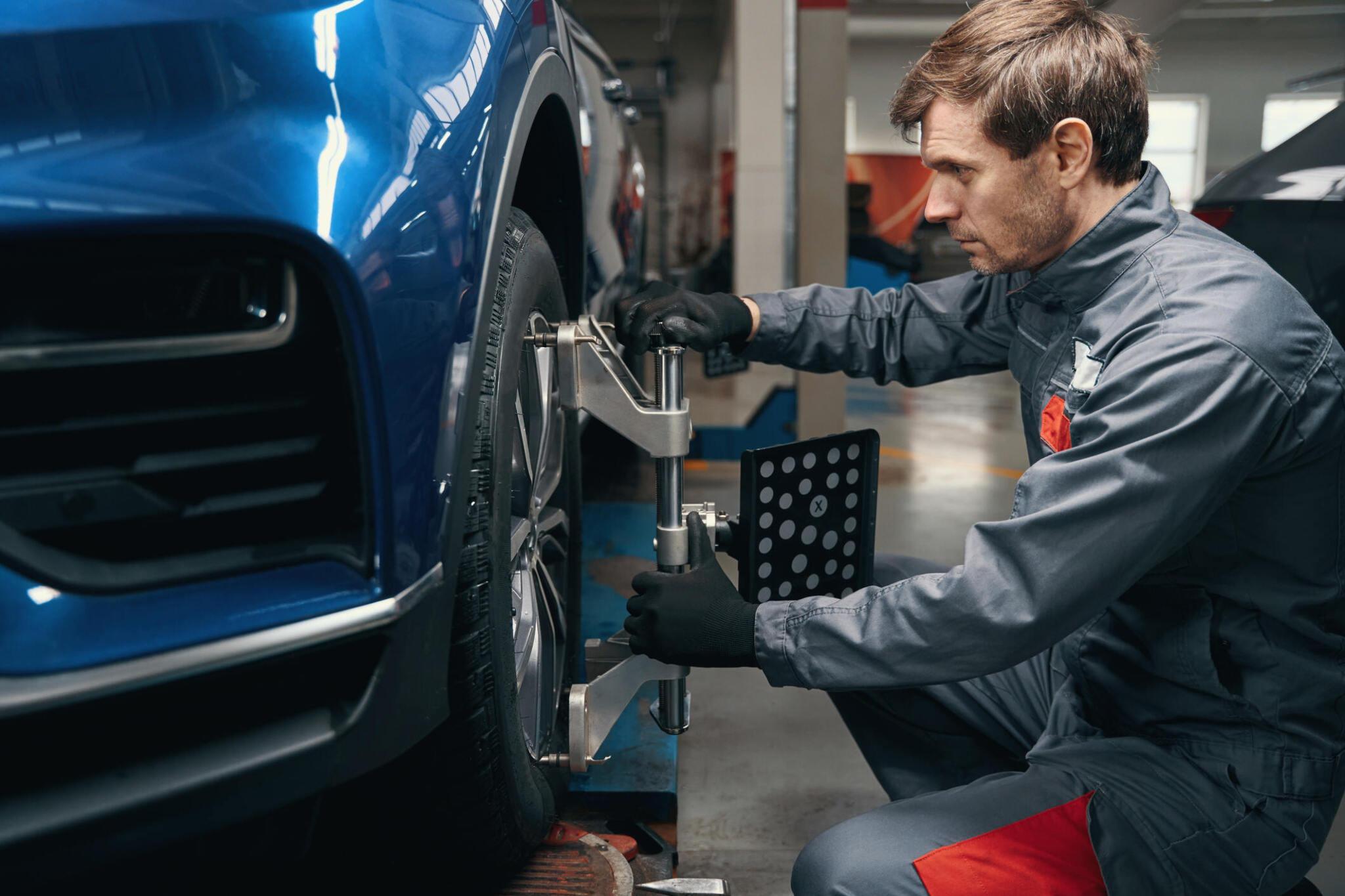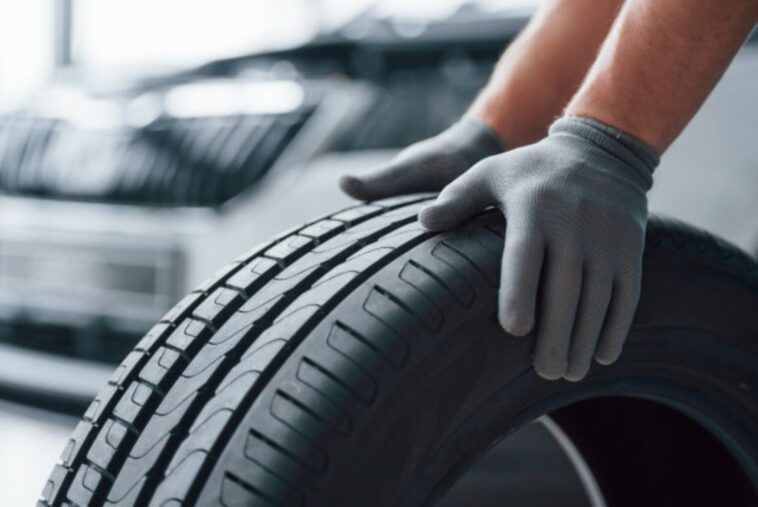Tires are essential to a vehicle’s safety, and the choice between new and previously owned options has a significant impact on both safety and cost. When looking at second-hand options, the immediate savings are tempting. However, this could lead to risks that many fail to consider.
Saving money is always appealing, but doing so at the expense of safety is a different story. Let’s look at whether second-hand choices are worth the risk or if they pose hidden dangers.
What to Look For

Before committing to a second-hand set, there are key factors to consider. The most important is the depth of the tread. Worn tread results in poor traction, especially in wet or icy conditions, increasing the likelihood of accidents. Other things to check include any signs of damage or repair, which could indicate that the tires have been through tough use.
It’s best to consult professionals who can ensure the quality of second-hand sets. Many local shops, such as St Catharines tires, provide reliable services where a proper inspection can prevent dangerous situations. Ensuring quality through expert evaluation is crucial before using second-hand tires.
Cost vs. Safety: Why Some Choose Previously Owned Sets
Many drivers opt for second-hand tires due to the lower price compared to brand-new ones. The savings can be considerable, especially when multiple sets need replacing at once.
For those on a tight budget, the price difference can be a big incentive. Some second-hand options still have enough lifespan to last a few seasons.
On the flip side, long-term safety is often compromised. The history of second-hand options is usually unknown, which means they may have been through extreme conditions or accidents. Minor flaws or wear might not seem significant at first but can lead to hazards on the road.
The risk of accidents due to poor condition is real, and saving money in the short term could result in higher costs later, both financially and in terms of safety.
The Risks You May Not See
Second-hand tires may have damage that is hard to detect without a professional inspection. Punctures, sidewall issues, or unseen wear can all compromise performance. They might appear to be in good shape but could still have internal damage that leads to blowouts or other sudden failures.
Another downside is that previously owned sets rarely come with any form of warranty. If a problem arises later, there’s no option for a return or refund. A blowout could lead to repair costs, medical bills, or insurance claims, all of which far outweigh the initial savings.
Professional Installation Is Key

Having second-hand tires installed by a mechanic helps reduce risk. Experts can spot potential issues that might go unnoticed by the average person. They can also ensure the tires are mounted properly, which decreases the chance of uneven wear or blowouts. Even though installation adds to the overall expense, the safety benefit makes it well worth the cost.
Balancing and alignment are often necessary for previously owned sets to function correctly. Skipping this step can result in a bumpy ride, faster wear, or worse, an accident. Professional installation also guarantees that the tires are functioning properly before hitting the road.
No Warranty Means Higher Risk
The lack of a warranty is a major disadvantage when purchasing second-hand tires. Unlike new options, second-hand ones usually don’t come with any protection. If something goes wrong, you’ll be responsible for replacing them again. New sets, on the other hand, are covered by warranties that protect against defects, premature wear, or damage that occurs under normal driving conditions.
When deciding between new and second-hand options, the absence of a warranty often tips the scales in favor of new. Warranties provide peace of mind for several years, making the higher price of new sets a better long-term investment. Without such protection, second-hand choices can become a financial gamble.
Environmental Considerations
One argument in favor of second-hand tires is the environmental benefit. By reusing them, fewer new ones need to be produced, which reduces the strain on resources. However, it’s important to remember that second-hand options have a shorter lifespan. Eventually, they will need to be replaced, and their end of life will arrive sooner than a new set’s.
While the idea of recycling might seem like a green solution, the frequent need to replace second-hand options could actually lead to more waste in the long run. Newer models are made to last longer, which reduces the need for frequent replacements and lowers overall waste.
What Drivers Say

Drivers have mixed experiences with second-hand wheels. Some save money without any issues, while others report disappointment or even danger. A common factor seems to be where the tires were bought and whether they were properly inspected.
Those who take the time to check their tires and buy from reputable dealers seem to have better outcomes. However, those who skip professional inspections or choose the cheapest options often encounter problems down the line.
Should You Choose New or Previously Owned?
Deciding between new and second-hand tires depends on your priorities. If budget is the most important factor, second-hand sets can offer significant upfront savings. However, those savings come with risks that could cost more in the long run.
New sets provide reliability, performance, and safety. They also come with warranties that cover defects or early wear, providing long-term value. While second-hand tires might seem attractive to those looking to save money, the risk of hidden damage makes them a less secure option.
Second-hand choices should only be considered if their quality can be guaranteed through professional inspection and installation. Otherwise, the risks often outweigh the initial savings.
Conclusion
Purchasing second-hand tires can offer immediate savings, but those savings come with substantial risks. Hidden damage, lack of warranty, and the potential for dangerous situations make second-hand options a gamble. Though new sets might cost more initially, they provide better long-term value with warranties and superior performance.
When it comes to vehicle safety, cutting costs can be a dangerous choice. Consider all factors carefully before making a decision. A little extra investment upfront for new wheels often leads to greater safety and peace of mind on the road.



